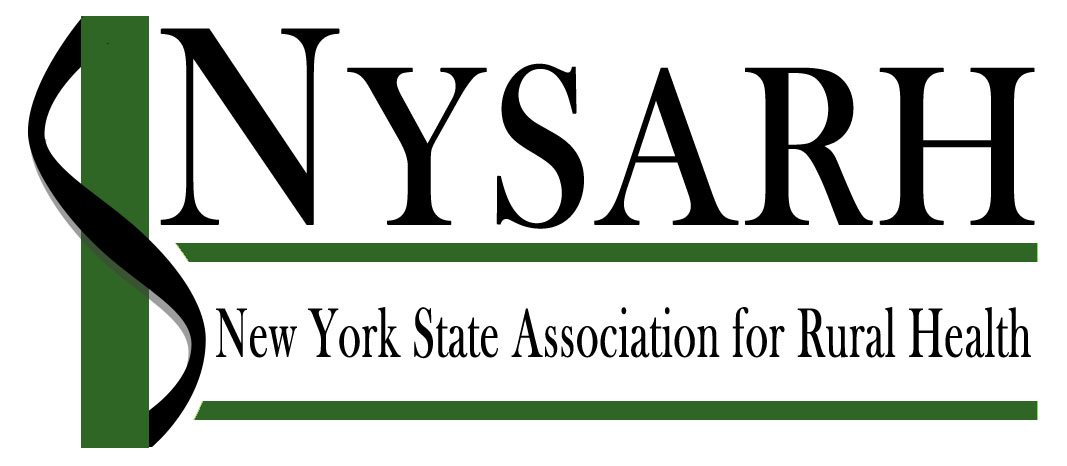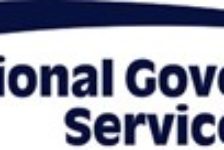 RURAL BROADBAND INTERNET
RURAL BROADBAND INTERNET
The NYS Association for Rural Health (NYSARH) appreciates the opportunity to comment on the issue of Rural Broadband.
“Broadband is today what electricity was nearly a century ago – essential to creating economic opportunity, driving innovation,
and an absolute necessity for our way of life.”
Governor Andrew Cuomo
New York has made some important policy changes and financial investments to improve internet coverage in rural areas: https://nysbroadband.ny.gov/new-ny-broadband-program/phase-3awards. However, broadband service remains inconsistent in many areas and is still unavailable to some. Moreover, the cost of broadband is prohibitive for many families, businesses and healthcare providers of limited financial means.
In August 2019 the Federal Communication Commission (FCC) announced the authorization of $16.2 million in matching funds to expand broadband access in rural New York — the second wave of $55.4 million in funding aimed at beefing up the utility in under-served areas.
Comments
The census block methodology does not give an accurate representation of housing units with highspeed internet. The FCC coverage maps show census, and if an internet provider shows that at least one person in each block can connect to high-speed internet, the whole block is counted as covered. A single census block could include between 240 and 1,200 housing units. A “covered” census block could theoretically contain one household with high-speed internet access and 1,199 without it.
New York State Attorney General Barbara Underwood reached a $174.2 million settlement with Charter Communications, finding that the company, which initially operated as Time Warner Cable, failed to provide customers the fast and reliable service it advertised. Underwood also reached an agreement with four other internet service providers – Altice, Frontier, RCN and Verizon – to institute reforms including substantiating their speed claims and advertising them accurately. Frankly, the internet providers continue to misrepresent their upload and download speeds, which can vary greatly based on the time of day and other factors.
Examples of Rural Impact
- Healthcare providers working in remote locations struggle with slow speed and ‘brown outs’ resulting in cumbersome and sometimes lost data in electronic medical records.
- Nurses and other providers doing home visits in post-acute, behavioral health or longterm care programs carry tablets to contemporaneously track their work, but are sometimes unable to enter data while at a patient’s home.
- Farmer’s Markets in rural locations are unable to accept SNAP or WIC payments even though their fresh fruits and vegetables are exactly what these programs were designed to support.
- Many healthcare insurers in New York State, such as Blue Cross & BlueShield of Western NY, are now offering reimbursement coverage for telehealth visits between the healthcare provider and their patients. This coverage option is a new way to make health care more convenient and accessible however it requires strong internet connection in the home which lacks in many of the rural communities throughout the state.
Recommendations
- NYSARH recommends a more granular inventory of housing units with access to the internet utilizing tax parcel data, which is publicly available.
- NYSARH recommends that the NYS Broadband Program Office develop a data speed verification protocol to randomly audit the actual data upload and download speeds in Phase 3 Municipalities. https://nysbroadband.ny.gov/
About NYSARH The Mission of NYSARH is to improve the health and well-being of rural New Yorkers and their communities. NYSARH is a not-for-profit, non-partisan, grassroots organization working to preserve and improve the health of the citizens in rural New York State. NYSARH was founded in July 2001. The organization is affiliated with the National Rural Health Association.
NYSARH is a membership organization. NYSARH membership includes representatives of all facets of the rural health care industry, as well as individuals and students. On many different levels, NYSARH serves individuals, consumers, non-profit organizations, government agencies and officials, health care facilities, emergency medical service providers, long-term care organizations, businesses, universities, foundations, associations, and other stakeholders in rural health. NYSARH members include rural hospitals and federally qualified health centers located in rural communities.
NYSARH is available to answer questions or provide support to the Joint Commission on Rural Resources. Please contact Sara Wall Bollinger at sara@nysarh.org or Karin Blackburn at info@nysarh.org.

